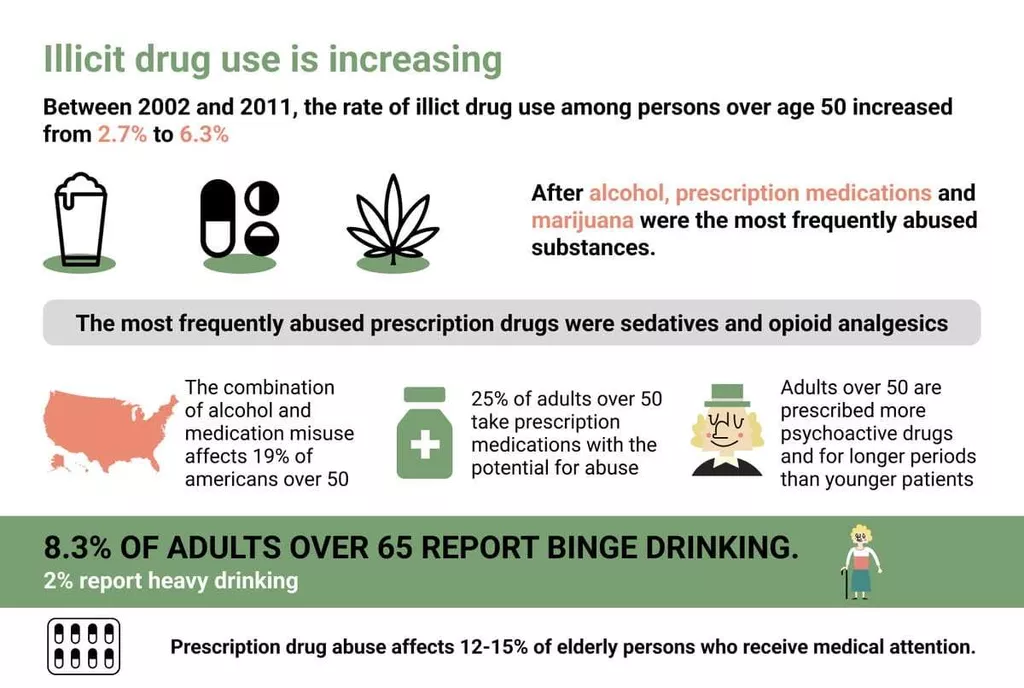
Treatment typically involves intravenous fluids to rehydrate the body, along with the administration of glucose to counteract the effects of ketone production. An alcoholic ketoacidosis episode causes the body to produce ketones in response to a lack of nutrition. Ketones are acidic chemicals the body produces and uses as an energy source when there’s a lack of glucose. Alcohol prevents the body from making glucose; therefore, drinking increases the natural production of ketones. When a person experiences this increased level of ketones and doesn’t eat for a few days (therefore not replenishing blood glucose levels), the body is flooded with ketones. During physical examination, healthcare professionals look for signs that are consistent with AKA, such as signs of dehydration and an alcoholic odor on the breath.

Treatment Programs
- That’s not entirely surprising as alcohol is a toxin that harms physical and mental health when ingested in large quantities.
- In conclusion, thiamine supplementation is essential in the treatment of alcoholic ketoacidosis.
- These two factors decrease the body’s normal levels of readily available energy, and it responds by breaking down fat and producing ketones.
- Acetate is then converted into carbon dioxide and water, which can be easily eliminated from the body.
If you’re seeking help for yourself or a loved one, our expert team is here to guide you every step of the way. The Recovery Village Palmer Lake specializes in compassionate, evidence-based care tailored to your needs. Preventing AKA involves making informed choices regarding alcohol and your overall well-being.
Addiction Treatment Programs
When this happens, it can cause ketones, which are acids, to build up in your blood. Preventing alcoholic ketoacidosis (AKA) requires a combination of strategies aimed at reducing alcohol consumption, seeking help for alcohol addiction, and maintaining a healthy lifestyle. In patients with AKA, electrolyte imbalances are common due to several factors.
- If your body is not producing insulin, ketone bodies will begin to build up in your bloodstream.
- Ketoacidosis occurs due to excess ketones in the body, which are produced when the body does not have enough protein or carbohydrate stores.
- Some individuals may experience a quicker recovery, while others may require more time and support.
- The alcoholic ketoacidosis smell is like acetone or nail polish remover, noticeable when someone exhales ketone molecules.
Metabolic Complications

Diagnosis is by history and findings of ketoacidosis without hyperglycemia. Close monitoring of blood sugar levels and ketone levels is essential to ensure the effectiveness of insulin therapy and prevent potential complications. In conclusion, thiamine supplementation is essential in the treatment of alcoholic ketoacidosis. It helps restore thiamine levels, supports proper brain function, and prevents the development of Wernicke-Korsakoff syndrome. Early recognition and prompt treatment with thiamine can significantly improve outcomes for individuals with AKA and reduce the risk of long-term alcoholic ketoacidosis smell neurological complications.
Long-Term Health Risks
Alcoholic Ketoacidosis develops primarily as a result of excessive alcohol consumption and inadequate food intake. When individuals indulge in heavy drinking, it leads to a cascade of physiological changes in the body, creating a perfect storm for alcoholic ketosis. At Sabino Recovery, we understand the challenges you or a loved one might face when dealing with alcoholic ketoacidosis. Our expertise and experience in addiction treatment can provide the support needed to address this complex health issue. Being able to distinguish AKA from DKA is essential for healthcare professionals because proper treatment depends on accurate diagnosis. To ensure the best possible care for you or your loved ones, it is important to be aware of the signs and symptoms of these two conditions and seek help when needed.

Seek medical attention if you experience these symptoms, especially if you’ve been binge drinking, it’s crucial to seek medical help immediately to address https://ecosoberhouse.com/ Alcoholic Ketoacidosis. Hypotonic fluids, on the other hand, have a lower concentration of electrolytes compared to the body’s fluids. They are used cautiously in AKA treatment as they can potentially worsen electrolyte imbalances. Hypotonic fluids may be considered in cases where there is severe hypernatremia (high sodium levels) or when the patient has concurrent renal dysfunction. When managing AKA, the administration of intravenous fluids is a primary treatment approach. These fluids are delivered directly into the bloodstream through a vein, allowing for rapid absorption and distribution throughout the body.

Prognosis and Prevention of Alcoholic Ketoacidosis
- The dehydration may be caused by vomiting from excessive drinking and lack of food.
- AKA typically presents with a severe metabolic acidosis with a raised anion gap and electrolyte abnormalities, which are treatable if recognized early and appropriate management instituted.
- The main differential diagnoses for ketosis in our patient included AKA, starvation/fasting ketosis and DKA.
- We understand the challenges you or a loved one might face, and we recommend seeking professional help and support.
- The key tenants to management of AKA include fluid resuscitation and electrolyte correction.
AUD indicates more severe functional impairments that result from excessive drinking. They can affect physical health, mental well-being, and daily functioning. Managing AKA effectively requires both immediate medical care and long-term lifestyle changes to prevent recurrence. Alcoholic ketoacidosis is a complication of alcohol use and starvation that causes excess acid in the bloodstream, resulting what is Oxford House in vomiting and abdominal pain. The treatment you receive depends on your specific needs and the severity of your case.
- As you might already know, those with type one diabetes are unable to produce enough insulin.
- Intravenous benzodiazepines can be administered based on the risk of seizures from impending alcohol withdrawal.
- They can affect physical health, mental well-being, and daily functioning.
- They are important, however, when making distinctions between normal and excessive levels of alcohol consumption.
These tests include measuring ketone levels, often detecting high concentrations of acetoacetate and beta-hydroxybutyrate. Additionally, they may evaluate blood glucose levels, as well as assess for metabolic acidosis by checking factors such as anion gap and bicarbonate levels. In cases where alcohol consumption is suspected as the cause, doctors will consider this information alongside clinical symptoms.
Substance Use Treatment
Finally, while treating the acute symptoms of alcoholic ketoacidosis is important, addressing the root cause – long-term alcohol use – is equally essential. We understand the challenges you or a loved one might face, and we recommend seeking professional help and support. A comprehensive treatment plan, such as those provided at Sabino Recovery, may be tailored to your unique needs. This may include therapy, education, and support groups, to assist you in understanding the nature of addiction and adopting new coping mechanisms to maintain sobriety. When diagnosing alcoholic ketoacidosis, it’s crucial to consider potential alternative explanations for a patient’s symptoms. When your body doesn’t receive adequate nutrients during episodes of starvation, it relies on stored fat for energy.
